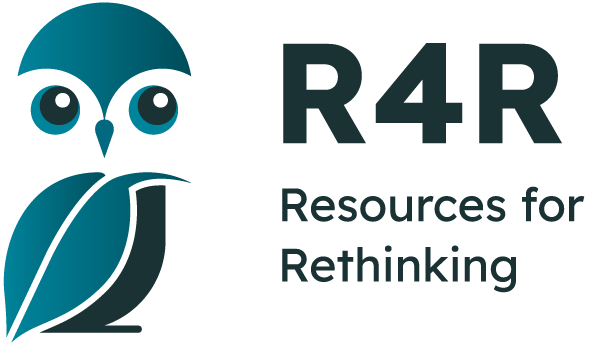- Home
- Tutorial
- Resource Guides
- Focus Areas
- LSF Programs
-
Professional
Development - Review Process
-
A project of LSF

Search for Resources
Description
This resource is part of a compilation of activities that enable teachers to integrate climate change research into their classrooms through fun, engaging and accessible learning experiences.
What is Ocean Acidification? focuses on the water quality of the ocean and its effects on some of its smallest inhabitants. The students will learn the difference between acidic, neutral, and basic solutions, develop an understanding of how and why our oceans are becoming more acidic, how climate change contributes to ocean acidification, and how species are affected.
The core activity involves the students filling three jars: one with vinegar, one with seawater and one with fresh water. They record observations of the shells prior to placing them in the jars and make predictions as to what they think will happen in each environment. Students then record their observations after one, twelve and twenty-four hour intervals and complete a set of discussion questions.
General Assessment
Recommendation of how and where to use it
What is Ocean Acidification will help science teachers introduce the concept of pH and its importance in ocean ecosystems. This links directly to the study of climate change, human impacts on the environment and interactions in ecosystems.
The Discover Our Climate learning activities are designed for grades primary to six and focus on Atlantic Canada. Each activity encourages students to be curious and create solutions for the on-going climate challenges we face.
Relevant Curriculum Units
The following tool will allow you to explore the relevant curriculum matches for this resource. To start, select a province listed below.
- Step 1Select a province
- Alberta
- Step 2Select a grade level
- Grade 4
- Step 3Select a subject
- Science
- Step 4Relevant matches
- Earth Systems: Understandings of the living world, Earth, and space are deepened through investigating natural systems and their interactions.
- Grade 6
- Step 3Select a subject
- Science
- Step 4Relevant matches
- Earth Systems: Understandings of the living world, Earth, and space are deepened through investigating natural systems and their interactions.
- Living Systems: Understandings of the living world, Earth, and space are deepened through investigating natural systems and their interactions
- British Columbia
- Manitoba
- New Brunswick
- Newfoundland & Labrador
- Northwest Territories
- Nova Scotia
- Nunavut
- Ontario
- Step 2Select a grade level
- Grade 4
- Step 3Select a subject
- Science & Technology
- Step 4Relevant matches
- Life Systems: Habitats and Communities
- Grade 5
- Step 3Select a subject
- Science & Technology
- Step 4Relevant matches
- Earth and Space Systems: Conservation of Energy & Resources
- Grade 6
- Step 3Select a subject
- Science & Technology
- Step 4Relevant matches
- Life Systems: Biodiversity
- Prince Edward Island
- Quebec
- Step 2Select a grade level
- Grade 4
- Step 3Select a subject
- Science & Technology
- Step 4Relevant matches
- Living Things
- Grade 5
- Step 3Select a subject
- Science & Technology
- Step 4Relevant matches
- Living Things
- Grade 6
- Step 3Select a subject
- Science & Technology
- Step 4Relevant matches
- Living Things
- Saskatchewan
- Yukon Territory
Themes Addressed
Air, Atmosphere & Climate (1)
- Climate Change
Ecosystems (2)
- Appreciating the Natural World
- Biodiversity
Food & Agriculture (1)
- Aquaculture
Land Use & Natural Resources (1)
- Fisheries
Water (2)
- Marine Environments
- Water Quality

